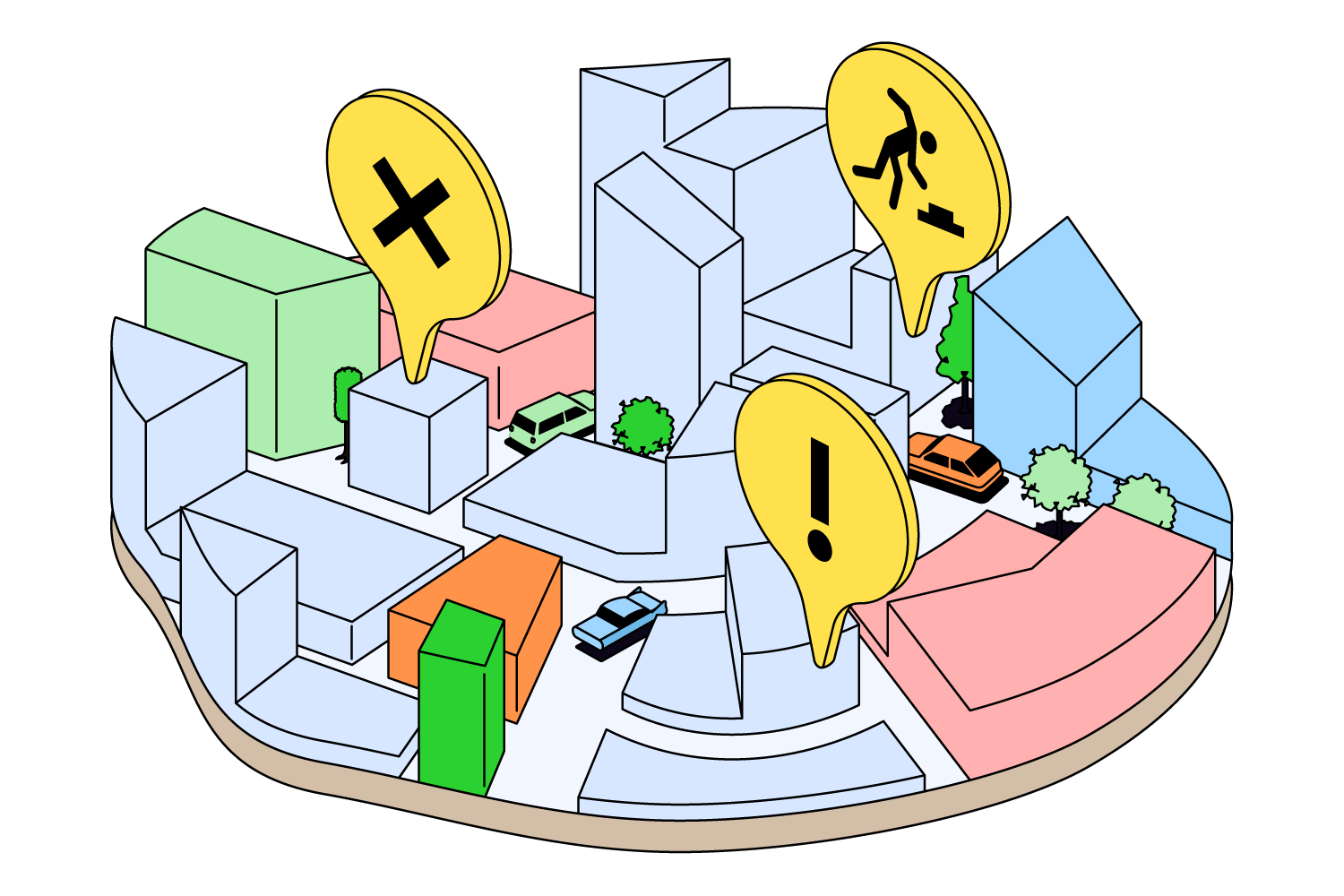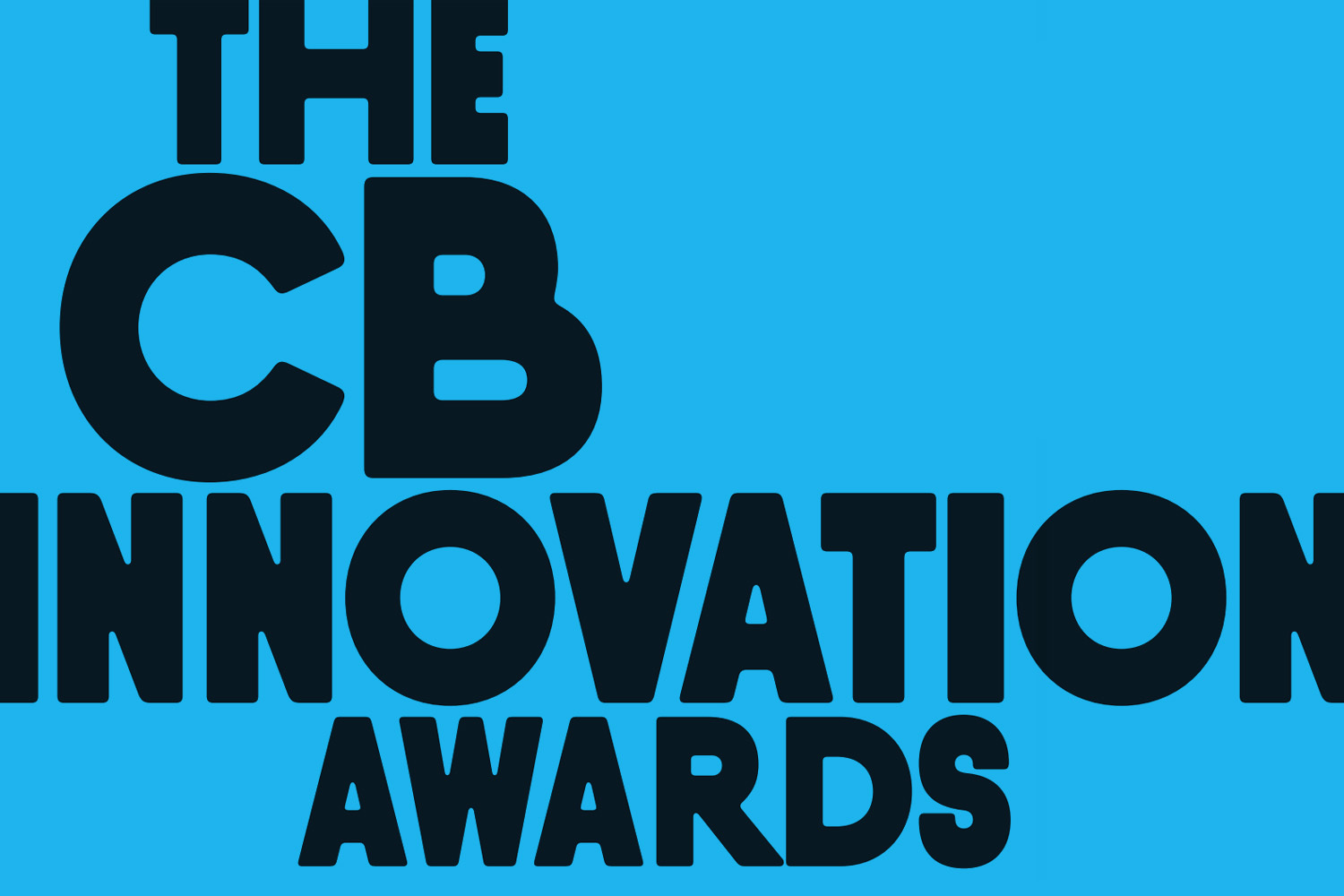#3: Iris R&D Group

Canadian municipalities have it rough budget-wise. The steady downloading of expenses from provincial and federal governments has been straining essential services like road repairs, garbage collection and general maintenance for years. The COVID-19 pandemic, and the attendant revenue hits to tourism, transit, taxes and more, made a challenging situation much more acute. There’s just no easy solution for cities and towns charged with maintaining and repairing aging infrastructure. Enter Iris R&D Group. The company, which launched in 2018, has developed data-driven software to help cities spot and fix infrastructure issues in real-time.
Here’s how it works: Iris attaches mobile dash cams to vehicles in municipal fleets—everything from maintenance trucks to buses. The cams, powered by encrypted Iris software, are calibrated to spot and report problems. For instance, if a garbage truck with a cam passes a damaged bus shelter, the software can automatically identify the structural problem, tag the date and location of the images and share that information with the teams responsible for triaging and executing repairs. To date, Iris’s technology has been deployed in several municipalities, including the Ontario cities of Vaughan and London; the goal is to eventually expand around the world.
Co-founder and CEO Emil Sylvester Ramos and his team decided to develop the company’s technology after realizing just how reactive most cities and towns are in their approaches to tracking and fixing infrastructure issues. “We found out that municipalities were still collecting information about things like potholes and cracks through calls from the public or through manual inspections,” he explains. “It’s not working. Millions of taxpayer dollars a year are spent for inspectors to go out and find problems.” The proactive nature of Iris’s system makes what is typically a scattershot approach much more targeted—and, as a result, more cost-effective.
“The best possible solution is one that involves less effort, time, capital and operational costs. That’s what we bring.”
Of course, deploying a small recording device that captures everything in its path raises immediate questions about privacy and security. Iris says its software is end-to-end encrypted and that built-in privacy settings immediately block out any faces or licence plates the camera might capture. “We’re just collecting information about the roadway—nothing to do with personally identifiable information,” Ramos says, adding that the Iris solution operates in complete compliance with municipal freedom of information and privacy protection protocols.
For Ramos, Iris is about more than just helping local governments save money—it’s about helping them deploy resources and workers in better ways. “The best possible solution is one that involves less effort, less time, less capital and less operational expenditure,” he says. “That’s what we bring. This solution frees up all these other possibilities for workers.”









